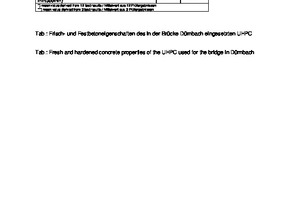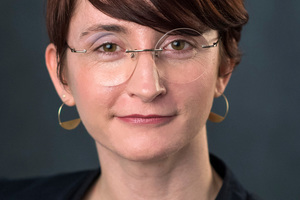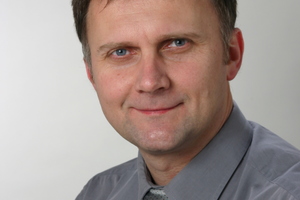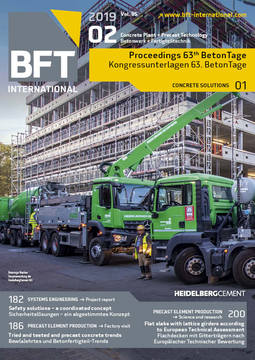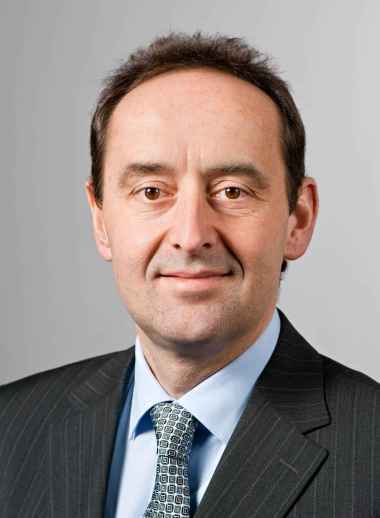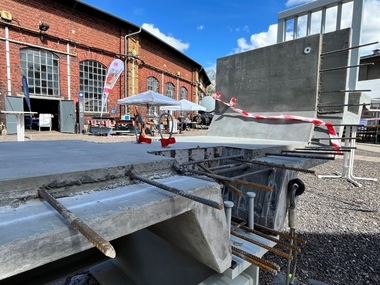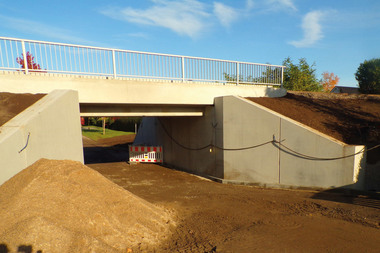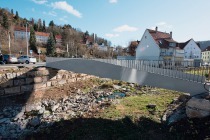Dürnbach bridge pilot project – Germany’s first precast railway bridge made of UHPC, part 2
Conception and design of the railway bridge (Tegernsee-Bahn) in Dürnbach were reported in part 1 of the paper. Part 2 provides additional information on the production of the bridge at the precast plant and on the parameters in terms of concrete technology of the UHPC used.
The structural design of the prestressed and steel-fiber reinforced (2.5 Vol.-% of steel fibers, l/d = 12.7 mm/0.175 mm) precast concrete bridge resulted in a required strength class of C150/155 as well as an E modulus of approx. 48,000 /mm². The demanding requirements on the fresh concrete properties resulted from previous experiences gained by the manufacturer of precast elements, Max Bögl, with ultra-high performance concrete. According to that, the mixing time of the UHPC should be possibly below 5 min in the usual twin-shaft compulsory mixer of the precast plant. Self-compacting properties with a slump flow of at least 700 mm and a processing time of at least 90 min should be ensured. The coarse-grained UHPC (maximum grain size 8 mm, 10 Vol.-% of basalt) of the EFFIX PLUS compound of HeidelbergCement AG was used as mortar matrix in order to save silo capacities. This allowed achieving maximum mixing times of 120 sec. The concrete characteristics of the steel-fiber reinforced UHPC are shown in the table. The modular prestressing bed existing at Max Bögl was used for the production of the bridge slab of the pilot bridge, that is prestressed in longitudinal and transverse directions.
The driving route for the heavy goods and special transport for carrying the bridge slab dimensioning l x B = 6.50 m x 4.57 m to the installation site, using the fleet of Max Bögl, was agreed with the locally responsible site manager.

